This article was medically reviewed by Luba Lee, FNP-BC, MS. Luba Lee, FNP-BC is a Board-Certified Family Nurse Practitioner (FNP) and educator in Tennessee with over a decade of clinical experience. Luba has certifications in Pediatric Advanced Life Support (PALS), Emergency Medicine, Advanced Cardiac Life Support (ACLS), Team Building, and Critical Care Nursing. She received her Master of Science in Nursing (MSN) from the University of Tennessee in 2006.
There are 14 references cited in this article, which can be found at the bottom of the page.
This article has been viewed 27,802 times.
Sunburned eyelids are painful, but they will heal on their own within a few days to a week. In the meantime, there are things you can do to ease the pain and discomfort. Start by using basic first aid measures to soothe your eyelids. Also, make sure to seek medical help for any severe or persistent symptoms, such as swelling, blisters, a fever, or chills. Once your sunburn has healed, take extra precautions to prevent another eyelid sunburn, such as by wearing sunglasses and using sunscreen.
Steps
Using First Aid
-
1Get out of the sun or put on sunglasses and a hat. If your eyelids are sunburned, it’s best to get out of the sun to protect them from further damage. Go inside if you’re outside, or at least get into a shaded area. If you need to stay outdoors, put on a wide-brimmed hat and a pair of sunglasses.[1]
- Make sure to choose sunglasses that block 99 to 100% of UVA and UVB rays. These will provide the best protection from the sun.
-
2Place a cool compress over your eyelids to soothe them. Hold a clean washcloth under cool, running water to wet it. Then, wring out the excess water and fold the cloth in half. Recline or lie down and place the folded cloth over your closed eyelids. Leave the cloth in place for 10 minutes and then remove it. Repeat as needed to continue soothing your eyelids.[2]
- You can also try taking a cool shower or splashing your face with cool water to help soothe your eyelids. Gently pat your skin dry with a clean towel after you finish.[3]
Advertisement -
3Spray cool water and aloe on your eyelids. As a gentler alternative to cold compresses, put some cool water in a spray bottle and spritz it onto your eyes. You can also mix the water with some pure aloe juice to make it extra soothing and moisturizing.
- Your skin will heal faster if you keep it moist.
- Aloe is very moisturizing and especially soothing for burns.[4] If you don’t want to mix up your own aloe spritzer, you can buy a premade aloe mist from a beauty supply store or online.
-
4Take an over-the-counter pain reliever if the sunburn is painful. Take a dose of ibuprofen, aspirin, or acetaminophen to help relieve the pain in your eyelids. Continue taking the medication as indicated by the product’s label for the first 1 to 2 days after your sunburn to control the pain.[5]
- Never give aspirin to a child or teenager under the age of 18 as this puts them at risk of Reye’s syndrome, which is a potentially fatal illness that may be caused by aspirin.[6]
-
5Apply a thin layer of aloe gel onto your eyelids. Choose a pure aloe gel that does not contain any alcohol, fragrances, or dyes. Apply a thin layer of the gel over your eyelids and on any other areas of your face that are sunburned. Repeat 2 to 3 times daily or as needed to keep your eyelids moisturized.[7]
- Facial moisturizers that contain soy may also be helpful for sunburned eyelids.[8]
- If your eyelid skin starts to peel, do not pick at it. Continue to apply facial moisturizer or aloe to your eyelids to help combat the dryness.
Warning: Avoid using “-caine” products on your skin, especially your eyelids. These products may irritate your skin and they have also been linked with a condition called methemoglobinemia, which decreases the oxygen in your blood.[9]
-
6Drink water throughout the day to rehydrate yourself. Fill a glass or bottle with water and sip on it frequently. There’s no right amount of water to drink while you’re recovering from a sunburn, but you will need more water than you normally do. Drink water whenever you feel thirsty and at mealtimes.[10]
- Try filling a water bottle and taking it along with you to work or school.
- If you dislike the taste of plain water, try flavoring it with a lemon or lime wedge.
Seeking Medical Help
-
1Go to an emergency room if your sunburn causes severe symptoms. In some situations, a sunburn can be an emergency medical situation that requires prompt treatment. Be on the lookout for signs of a severe sunburn and go to an emergency room for treatment right away if you notice any. Things to watch for include:[11]
- Blisters or severe pain
- Facial swelling, such as your eyelids or elsewhere on your face
- A sunburn that covers a large area of your body
- Fever or chills
- Headache, dizziness, or a feeling of faintness
- Signs of dehydration, such as extreme thirst, not urinating as often as you normally do, or dry mouth and eyes
- Signs of infection, such as redness, pus, warmth, or swelling
- Symptoms, such as pain or swelling, that don’t respond to at-home care[12]
Warning: If you develop blisters on your eyelids or anywhere else on your body, do not pop them. This may lead to a skin infection.[13]
-
2See a doctor if your eyelid sunburn is making it hard to function. A sunburn will heal on its own over the course of a few days to a week. However, if your sunburn is causing you discomfort, see your general practitioner for treatment. Call to set up an appointment if your symptoms don’t seem to be improving or if your symptoms are interfering with your daily activities.[14]
- Be sure to tell your doctor about any medications you are taking, including any over-the-counter medications or supplements.
-
3Ask about a prescription hydrocortisone cream for use on your face. Hydrocortisone cream can help to soothe sunburned skin and ease discomfort, but the kind you can purchase over-the-counter is not indicated for use on your face. If you’d like to try using hydrocortisone on your eyelids to soothe them, ask your doctor for a prescription hydrocortisone cream that you can safely use on your face. Apply the cream as instructed by your doctor or pharmacist.[15]
- Avoid using hydrocortisone cream for more than a few days. Long-term use can lead to thinning of the skin.
Preventing Sunburn on Your Eyelids
-
1Put on sunglasses whenever you spend time outdoors. Opt for a pair of sunglasses that block 99 to 100% of UVA and UVB rays. These offer the best protection for your delicate eyelid skin. Wear the sunglasses any time you will be outside to help protect your eyelids from sunburn.[16]
- Make sure that the sunglasses cover your eyes from the sides as well. Avoid sunglasses with small lenses as these may not provide enough protection.
-
2Wear a wide-brimmed hat made from tightly woven, opaque fabric. This will provide extra protection for your eyelids. You can check to see if the fabric is opaque (not see-through) by holding it in front of a light source. If you can see light coming through the fabric, then the sun will also be able to get through it.[17]
- Find a hat that has a 3 in (7.6 cm) or wider brim on it. This will offer the best protection for your eyelids and face.
-
3Apply SPF 30 sunscreen 15 to 30 minutes before sun exposure. Choose a facial sunscreen that you can apply all over your face, including on your eyelids, to protect yourself from the sun. You can use a facial sunscreen or a facial lotion that includes SPF. Just make sure that the lotion has an SPF rating of 30 or higher.[18]
- Make sure to reapply the lotion or sunscreen every 2 hours while you're spending time outdoors.
- Some cosmetics also contain sunscreen, such as foundation or beauty balms (all-in-one moisturizers and foundations).[19]
-
4Avoid spending time outdoors between 10:00 am and 4:00 pm. This is when the sun is at its strongest and you will be at a higher risk of getting a sunburn. If possible, schedule outdoor time for before or after this time frame, or take extra precautions if you need to be outdoors.[20]
- For example, try mowing and doing yard work before 10:00 am or after 4:00 pm. If you like to exercise outdoors, schedule an early morning or evening workout instead of exercising at midday.
-
5Stick to shaded areas as much as possible when you’re outdoors. Retreating to a shaded area when you’re outdoors can help to reduce your risk of sunburn.[21] However, the sun can reflect off of water and snow, so you can get a sunburn even if you’re in the shade in some cases, such as if you’re on a boat. Take other precautions, such as wearing sunscreen and protective clothing, even if you’re in the shade.[22]
Tip: The sun is also stronger at higher elevations, during the spring and summer months, and when you are closer to the equator. Be extra careful when spending time outdoors in any of these situations.[23]
Warnings
- Do not exfoliate your skin while it is sunburned. This will increase the irritation.⧼thumbs_response⧽
References
- ↑ https://kidshealth.org/en/parents/sunburn-sheet.html
- ↑ https://kidshealth.org/en/parents/sunburn-sheet.html
- ↑ https://www.aad.org/public/skin-hair-nails/injured-skin/treating-sunburn
- ↑ https://www.pennmedicine.org/updates/blogs/health-and-wellness/2019/august/aloe
- ↑ https://kidshealth.org/en/parents/sunburn-sheet.html
- ↑ https://www.stanfordchildrens.org/en/topic/default?id=reye-syndrome-90-P02620
- ↑ https://kidshealth.org/en/parents/sunburn-sheet.html
- ↑ https://www.aad.org/public/skin-hair-nails/injured-skin/treating-sunburn
- ↑ https://www.fda.gov/drugs/drug-safety-and-availability/risk-serious-and-potentially-fatal-blood-disorder-prompts-fda-action-oral-over-counter-benzocaine
- ↑ https://kidshealth.org/en/parents/sunburn-sheet.html
- ↑ https://kidshealth.org/en/parents/sunburn-sheet.html
- ↑ https://www.canada.ca/en/health-canada/services/sun-safety/first-aid-advice-sunburn-heat-illness.html
- ↑ https://www.aad.org/public/skin-hair-nails/injured-skin/treating-sunburn
- ↑ https://my.clevelandclinic.org/health/diseases/21858-sunburn
- ↑ https://www.nhs.uk/common-health-questions/medicines/why-can-you-not-use-hydrocortisone-cream-on-the-face/
- ↑ https://my.clevelandclinic.org/health/diseases/21858-sunburn
- ↑ https://www.aad.org/public/skin-hair-nails/injured-skin/treating-sunburn
- ↑ https://www.betterhealth.vic.gov.au/health/conditionsandtreatments/sunburn#sunburn-prevention-is-best
- ↑ https://www.cdc.gov/cancer/skin/basic_info/sun-safety.htm
- ↑ https://my.clevelandclinic.org/health/diseases/21858-sunburn
- ↑ https://www.betterhealth.vic.gov.au/health/conditionsandtreatments/sunburn#sunburn-prevention-is-bestl
- ↑ https://www.cancer.org/healthy/be-safe-in-sun/uv-protection.html
- ↑ https://www.cancer.org/healthy/be-safe-in-sun/uv-protection.html

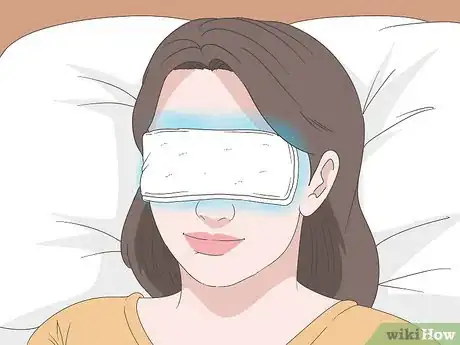
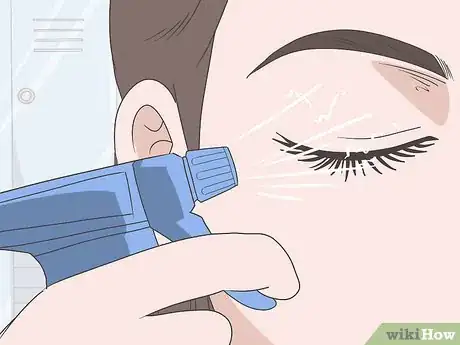

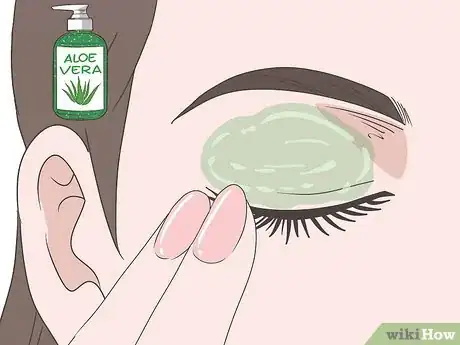
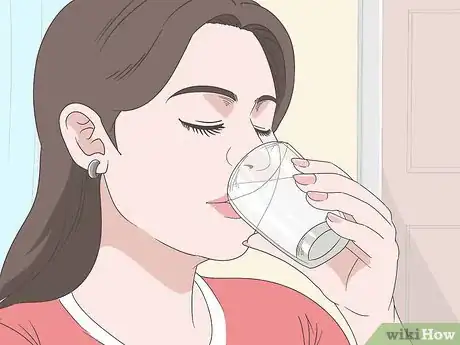
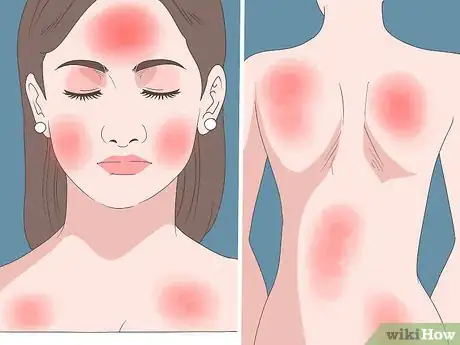

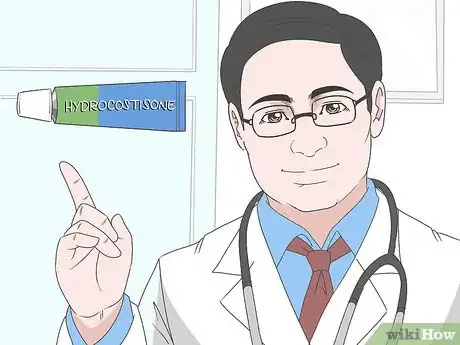
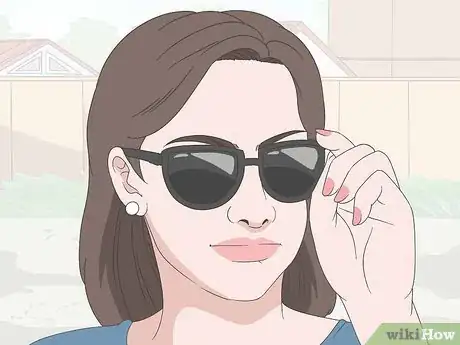
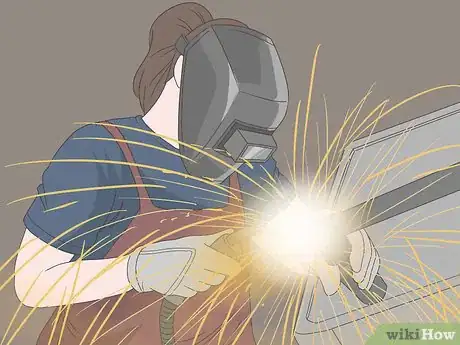
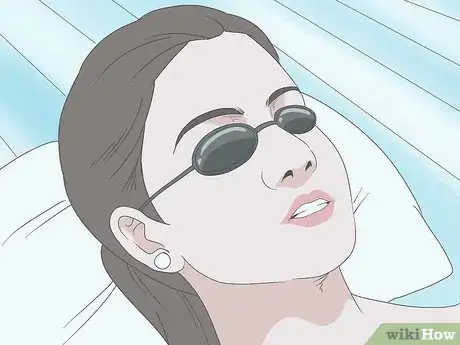


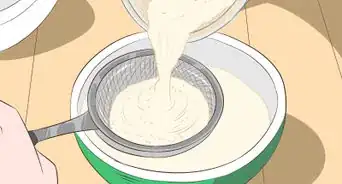
-Step-11-Version-2.webp)
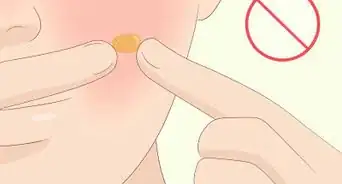
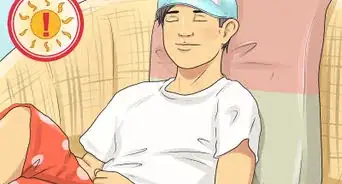

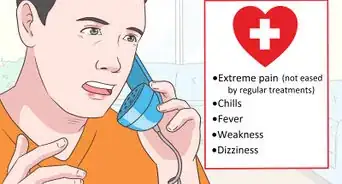
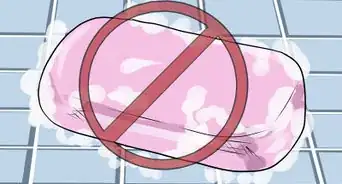
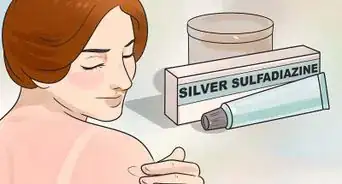
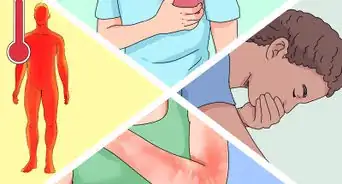
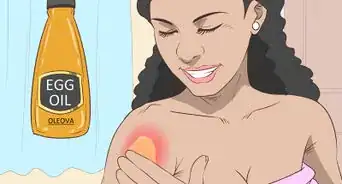

-Step-10.webp)










-Step-11-Version-2.webp)




































Medical Disclaimer
The content of this article is not intended to be a substitute for professional medical advice, examination, diagnosis, or treatment. You should always contact your doctor or other qualified healthcare professional before starting, changing, or stopping any kind of health treatment.
Read More...